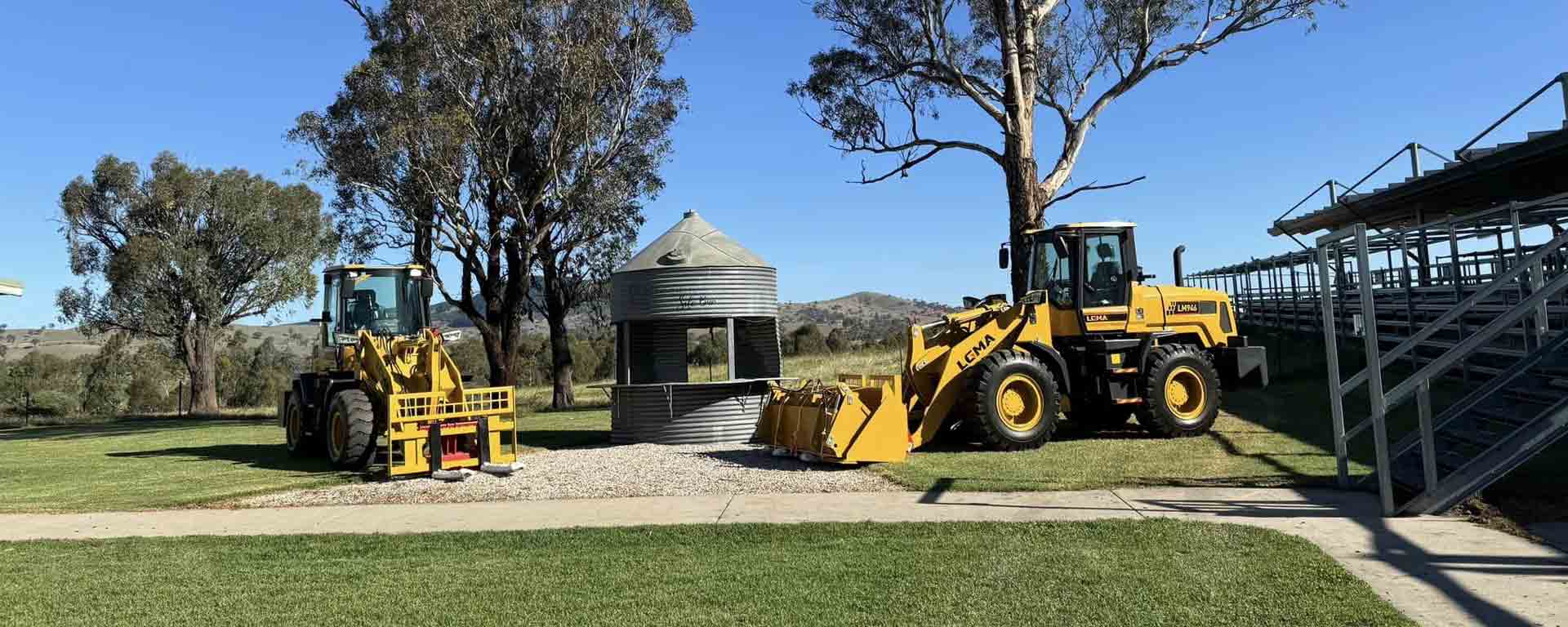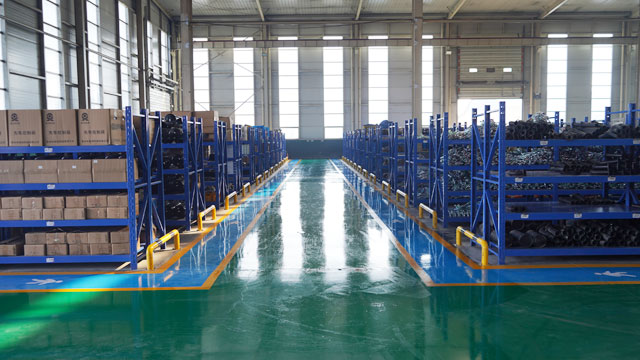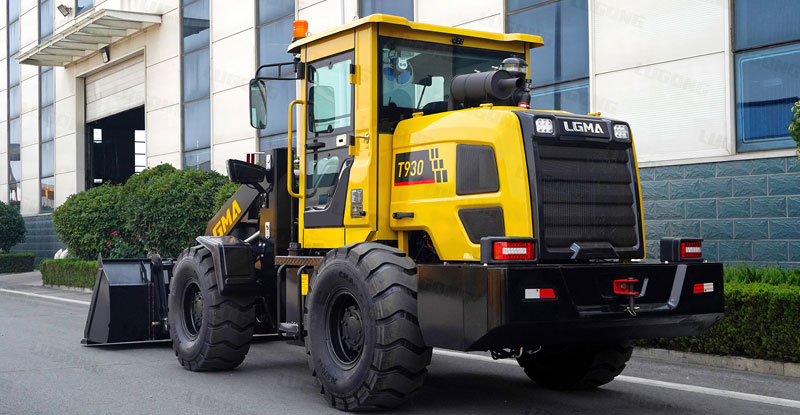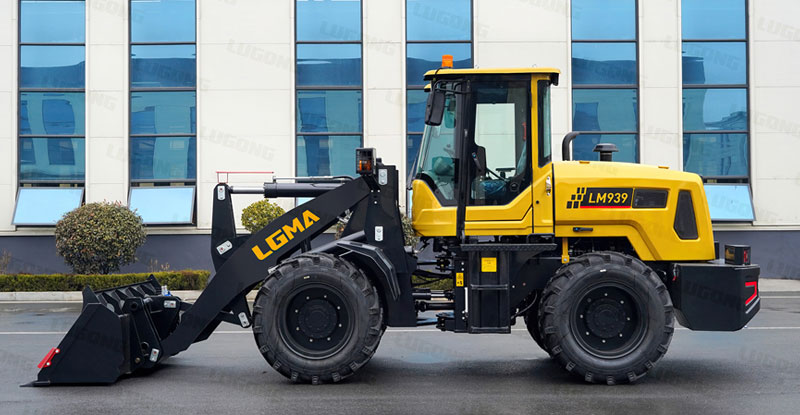Four Aspects of Safe Wheel Loader Driving
In various engineering construction and material handling scenarios, wheel loader plays a vital role. It is efficient and powerful, greatly improving work efficiency. However, operating a wheel loader also comes with certain risks, and safe driving cannot tolerate any carelessness. In order to protect the lives of yourself and others, and to ensure the smooth progress of the project, every wheel loader driver must strictly abide by the safe driving specifications.
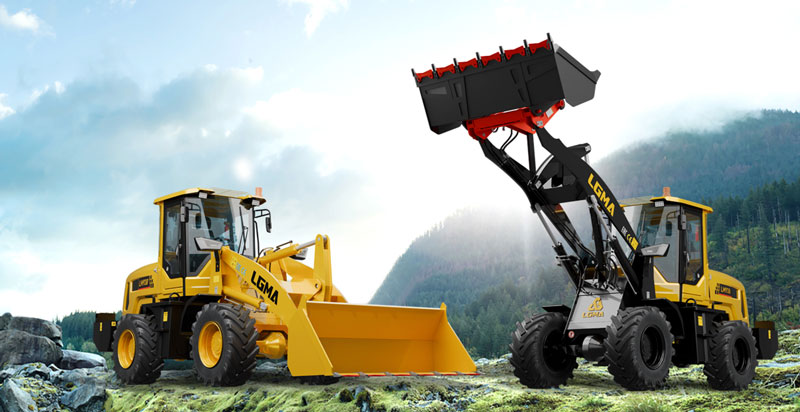
Four aspects of safe wheel loader driving
Getting on and off the machine
- Before getting on and off the machine, check whether there is oil, grease or sludge on the handrails and steps. If there is, clean it up immediately. In addition, damaged parts on the handrails and pedals should be repaired, and loose bolts should be tightened.
- Only get on or off the machine where there are steps or handrails.
- When getting on and off the machine, face the machine, hold the handrail with your hands, step on the ladder with your feet, and maintain three-point contact (two feet and one hand or two hands and one foot). It is strictly forbidden to jump on or off the machine.
- It is strictly forbidden to get on and off the machine when the machine is moving.
- When there is no driver on the machine, if the machine starts to move, do not jump on the machine and try to stop it.
- Never use any lever or door handle as a handrail when getting on or off the machine.
- Do not climb on the hood or cover that is not designed to be non-slip.
- If there is no access, do not move from the ladder behind the machine or from the ladder on the side of the cab to the mudguard on top of the tire.
- Do not climb on or off the machine when carrying tools or other items. Use ropes to lift the required tools to the operating platform.
No one is allowed on the working device
No one is allowed to ride on the working device or other attachments, which may cause falling and serious personal injury.
Know your machine
Be familiar with the location and function of various rocker switches, buttons, indicator lights, instruments, control devices, sound and light alarms, etc. in the machine, and be able to operate all equipment on the machine. Know the rated load, speed range, braking and steering characteristics, maximum size and turning radius, and the height of the operating space. Know the various regulations in operation and understand the hand signals of the commander. Remember that rain, snow, ice, gravel and soft soil surfaces will change the working ability of the machine. Study the safety signs (DANGER, WARNING, CAUTION) and other signs on the machine.
Know your work area
Various hidden dangers on the work site can cause personal injury and death accidents, so before operation, check the area where you are going to work. Please check: the location of slopes, open ditches, falling or hanging objects, soil conditions (soft or hard), stagnant water and swampy areas, rocks and stumps, dry leaves, hay and combustibles, the boundaries of buried foundations, roots or walls, the boundaries of buried garbage or fill, holes, obstacles, mud or ice, traffic volume, heavy dust, smoke and fog, and the exact location of buried or hanging electricity, gas, telephone, water, sewage or other public pipelines. Take necessary measures to prevent any unauthorized personnel from entering the work area. If you need to work on the road, there must be a site traffic commander to direct to ensure safe passage and walking or install guardrails around the site.
Correct operation methods can not only improve work efficiency, but also effectively reduce the occurrence of accidents. When operating the handle, be smooth and gentle, and avoid pulling or pushing violently. When raising or lowering the bucket, pay attention to the position of the bucket to prevent collision with other objects. When reversing, first observe the situation behind, and get off the vehicle to check if necessary, and then operate after ensuring safety.
Regular maintenance is also an important part of ensuring the safe operation of the loader. According to the equipment’s instruction manual, regularly maintain the loader, replace wearing parts such as engine oil and filter elements, and check and adjust the clearance and travel of each component. Good maintenance can extend the service life of the equipment, reduce the probability of failure, and thus improve work safety.

